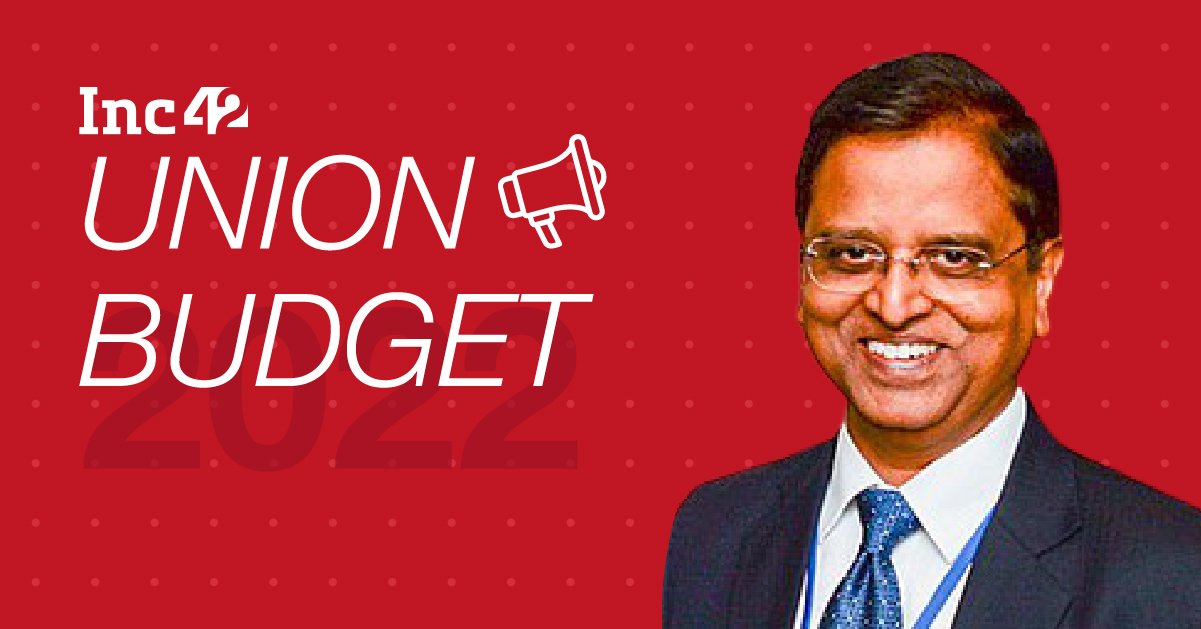The crypto tax slab is not in sync with other financial assets like bonds and equity
India does not need a digital currency for wholesale payment as the country’s digital payment ecosystem has evolved efficiently
Developing a digital currency for retail payments will be difficult for the RBI, and an alternative may work better
There have been mixed reactions after finance minister Nirmala Sitharaman proposed a 30% tax on income from digital assets at the Union Budget 2022.
Cryptocurrency exchanges have welcomed the move, saying it has brought more clarity to the industry stakeholders. (If the government is taxing it, it is acknowledging India’s crypto industry, is the general sentiment.) But investors and traders are campaigning to reduce the tax slab, the highest in the country. Also, there will be a 1% TDS (tax deducted at source) on any payment related to digital asset transfer.
“There has been a phenomenal increase in virtual digital assets,” Sitharaman said in her Budget speech. “The magnitude and frequency of these transactions have made it imperative to provide a specific tax regime. Accordingly, For the taxation of virtual digital assets, I propose to provide that any income from the transfer of any virtual digital asset shall be taxed at the rate of 30%.”
The FM also announced the launch of a CBDC (central bank digital currency) by 2022-2023, the digital version of fiat money.
Speaking on the crypto tax announced by the government, Subhas Chandra Garg, former secretary at the Department of Economic Affairs, Ministry of Finance, told Inc42, “The rate is quite high and out of line with the taxation of gains from other financial assets like bonds and equity.”
Here are the edited excerpts.
Inc42: The FM has levied a 30% tax on income from crypto transactions. What’s your take on this? Some people have termed it as ‘crypto becoming legal in India’. How would you interpret this step?
Subhash Chandra Garg: The decision to levy a flat 30% capital gains tax on any income from the transfer of crypto assets brings order and clarity to crypto taxation. But the rate is quite high and out of line with the taxation of gains from other financial assets like bonds and equity.
Further, the mandatory requirement of deducting 1% TDS before making payment to resident sellers and retrospective taxation of incomes from April 1, 2022, will create considerable hassles in crypto markets and crypto trading.
The crypto business is not illegal as the Supreme Court has struck down the RBI restrictions in 2020. And taxation authorities levy tax on all incomes, whether fully legal, fully illegal or in the twilight zone.
Inc42: Would it have been more apt to go for ‘Bill first, tax later’ instead of the other way round, considering there is still so much confusion around crypto?
Subhash Chandra Garg: No, income from crypto assets was always taxable. But there were so many taxation practices in the past few years that investors did not know whether to report incomes or pay tax. If the latter, then on what profits and at what rate. Tax authorities were also perplexed.
The government’s current proposals bring a lot of clarity to the taxation of crypto assets, and it will help both investors and authorities. The Crypto Bill has a different purpose. Defining crypto assets and regulating them are more complex.
The government does not seem to have complete clarity about treating the material aspects of the crypto/blockchain ecosystem. How to deal with DAOs? How to separate assets, services and assets delivered on a blockchain? How do you deal with smart contracts? How to deal with a phenomenon that respects no national jurisdiction and is entirely in the virtual space? The government has brought the Bill for the most understood part of the system, an official digital currency.
Inc42: There’s a plan to launch a CBDC by 2022-2023 as part of the Finance Bill. How do you see this?
Subhash Chandra Garg: It’s a welcome move. The government has adopted the most convenient route by amending the RBI Act and treating the digital currency as an equal to banknotes. But this only amounts to intent. There are major issues regarding the design, operations and whom the digital currency will serve and how. I expect slow developments in this space; it may take years.
Inc42: Some countries are working on CBDC projects to resolve specific issues such as CBDC for retail, wholesale or international payment. What will be best for India? Given the security and safety issues around fiat cryptocurrencies, which one should India prioritise for the pilot phase?
Subhash Chandra Garg: India does not need a digital currency for wholesale payment as the digital payment system has evolved very efficiently. But it should be fine if a digital currency-based wholesale system comes as an additional channel for wholesale payment.
A digital currency is most needed for retail payments, and that is where its rollout is most challenging. I have argued that a dematerialised form of banknotes will serve as the best option instead of a blockchain-cryptography based digital currency. I think the RBI will find it very difficult to develop an appropriate design for the retail digital currency.
India should do a pilot with dematerialised banknotes.










